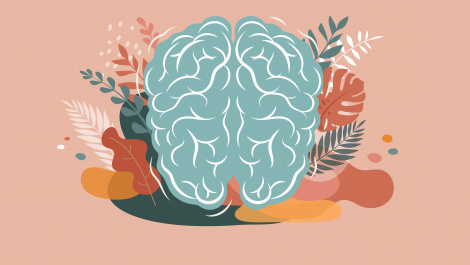Aging well is largely dependent on how we treat our bodies, especially in terms of nutrition. As we get older, our nutritional needs change and it’s important to check in with what you’re putting on your plate. With the threat of high cholesterol, high blood pressure, inflammation, cancers etc. swirling in the back of our minds it’s difficult to figure out what will and won’t cut it anymore.
Red meat has had its reputation smeared with studies telling us that it can increase the risk of cancer and other diseases. But is it really bad for us?
Nutritional benefits of eating red meat
Beef is one of the most nutrient rich foods
- a 100g serving contains around 25% of the recommended daily allowance (RDA) of vitamin B3 (link) and
- 30% of RDA of zinc (helps the immune system to function properly). Also,
- A great source of Heme iron which is absorbed better than plant derived iron;
- Vitamin B6, vitamin B12, (unavailable in plants and helps make DNA and keeps nerves and red blood cells healthy)
- selenium and other vitamins and minerals.
- Provides pure protein that helps build bones and muscles.
Grass fed vs grain fed – It matters!
Grass fed beef is produced by cattle that sustain themselves on a diet of grass and edible plants. The beef has fewer calories as their diet is natural and clean. It contains a beneficial fatty acid called CLA (conjugated linoleic acid). This helps prevent several diseases and conditions like obesity and diabetes. CLA is also unique because it’s one of the only anticancer nutrients derived from meat. Also, grass-fed beef provides up to six times more omega-3 fatty acids than grain-fed beef which has a higher level of omega-6 fatty acids, already eaten in surplus in most western diets.
Does eating red meat increase the risk of cancer or heart disease?
The World Health Organization published a study in 2015 that concluded that red meat is ‘probably carcinogenic to humans,’ meaning that there is some evidence that it can increase the risk of cancer – particularly colorectal cancer. This includes processed meats – meat that has been salted, cured, fermented, smoked or other processed to enhance flavor and improve preservation.
Red meat is also high in saturated fat, which raises blood cholesterol and high LDL cholesterol levels which increase the risk of heart disease…. not ideal if you are health conscious and those who are already at risk.
How much red meat can we eat?
Opinions differ, but you don’t need to give up red meat. The trick is to make better selections in the type of meat you eat and the size of your portion.
What to look for?
- Look for lean cuts of meat
- Avoid processed meats such as sausage, ham, bacon, hot dogs and deli meats.
- Aim to have red meat once or twice a week
- If you have to have it daily, stick to about 50g. Context: 1 lamb chop = 79g, 1 5oz minute steak = 80g; two thin slices of roast beef = 60g, one portion Bolognese sauce = 60g. (This is basically impossible, so rather have bigger portions fewer times a week)
- Swap processed meats for other protein-rich foods like lentils, chickpeas, kidney and other beans. They are higher in fibre and lower in fat.
- Swap mince or beef for turkey and vegetable mince in a bolognese, lasagne or chilli.
- Introduce fish into your diet. You should be eating oily fish at least once a week (mackerel, herring, sardine and salmon).
NB – How best to cook it
High temperature cooking of any muscle meat can generate compounds that could increase cancer risk - called heterocyclic amines (HCAs) and polycyclic aromatic hydrocarbons (PAHs).
You can help prevent these compounds from forming or reduce your exposure to them:
- Lean meats reduce the chance of flames or heavy smoke that can leave carcinogens on meat
- Cook over a medium or indirect heat.
- Trim fat and leave burnt pieces
So, while there are risks to eating red meat, keeping your servings small and to about 3 times a week, should be safe and healthy.







Comments